Oil pastels, with their vibrant colors and smooth texture, are an inviting medium for artistic exploration, especially for beginners. Unlike traditional pastels, oil pastels blend beautifully and create rich textures, making them perfect for creating expressive artwork. This guide will equip you with the essential steps to embark on your oil pastel journey, transforming them into tools for creative fun.
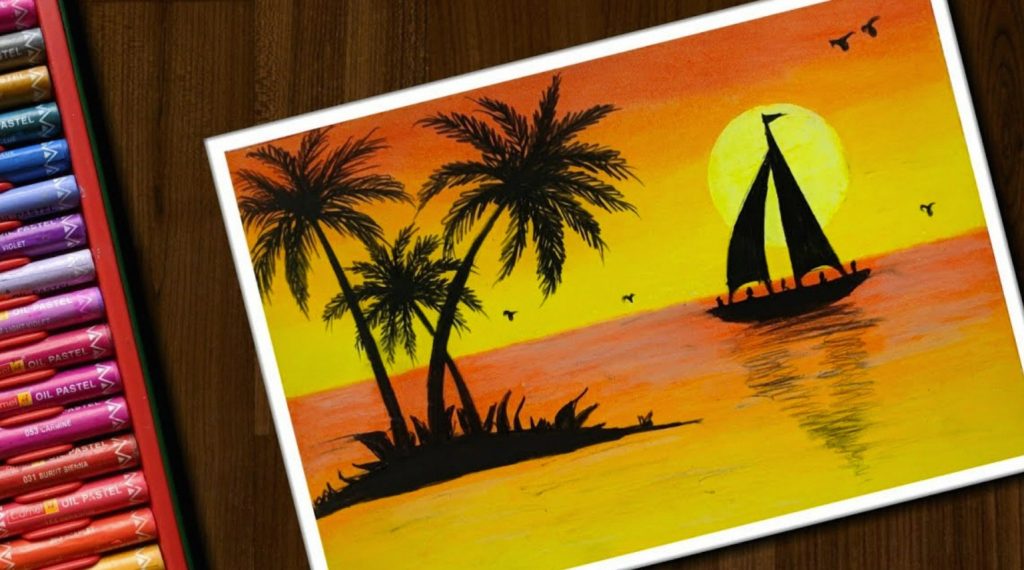
Part 1: Gather Your Supplies
1. Essential Tools:
To begin your oil pastel adventure, you’ll need a few key supplies. Invest in a good quality set of oil pastels, offering a range of colors to ignite your creativity. Look for a heavyweight, textured paper specifically designed for pastels. It will hold the color well and prevent smudging. You’ll also need a blending tool, like a blending stump or even your fingers, to create smooth transitions between colors. A sharpener will keep your pastels pointed for detailed work.
2. Choosing Your Subject:
Oil pastels are celebrated for their remarkable versatility, making them an ideal medium for artists at any skill level, especially beginners. When starting out, consider exploring simple subjects that enable you to hone your skills in color application and blending techniques. Fruits, flowers, or everyday objects such as cups and bowls are excellent choices for practicing with oil pastels. These subjects allow you to delve into the world of color and texture, offering opportunities to experiment with various blending methods and create captivating compositions. Additionally, consider working with still life arrangements, where you can combine different textures, shapes, and colors, providing a rich and dynamic learning experience. Embracing these simpler subjects allows you to build a strong foundation while gaining confidence in your ability to manipulate oil pastels.
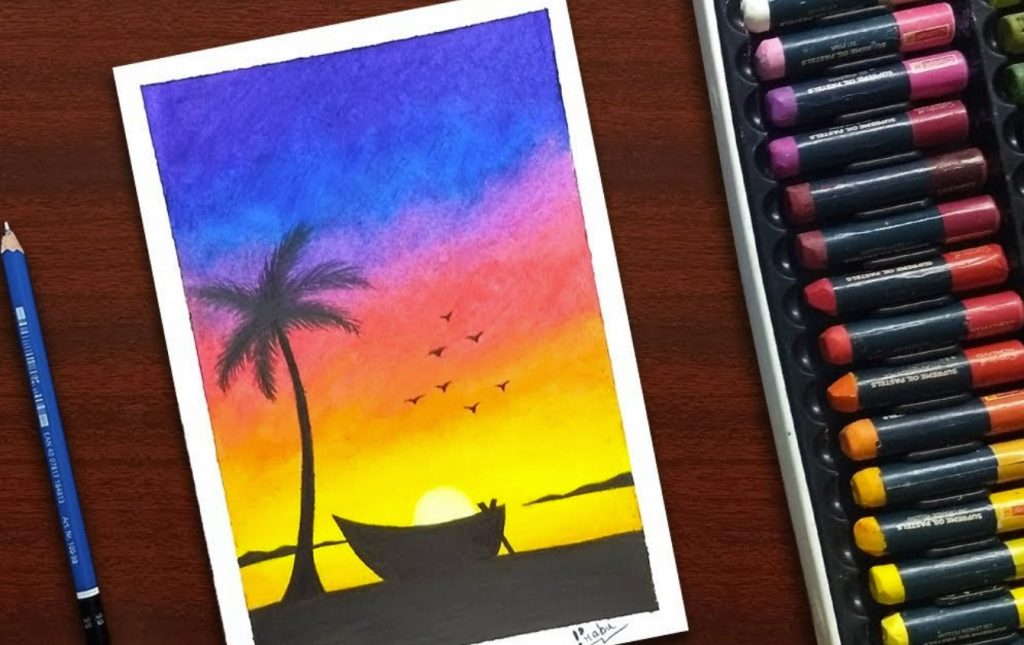
Part 2: Mastering the Basics
1. Light and Shadow:
Understanding light and shadow is crucial for creating depth and dimension in your artwork. Observe your subject and identify areas of light and shadow. Use lighter colors for highlights and darker colors for shadows. Don’t be afraid to experiment! Create a sense of drama with strong contrasts or a more subtle effect with softer transitions.
2. Layering and Blending:
Layering colors is a fundamental and core technique in the realm of oil pastel drawing. Initiate the process by establishing a light base layer, and then progressively layer additional colors to enhance the vibrancy and intensity of your artwork. Your blending tool is instrumental in creating seamless transitions between these colors, enabling you to achieve a smooth and harmonious gradation in your composition. As you familiarize yourself with this technique, consider experimenting with various blending methods, such as employing circular motions or strokes that follow the form of the subject, to create a diversity of visual effects and textures. It’s essential to bear in mind that layering not only allows you to build rich and nuanced colors, but it also adds a captivating sense of depth to your artwork, lending it a dynamic and multi-dimensional quality that captivates the viewer’s eye.
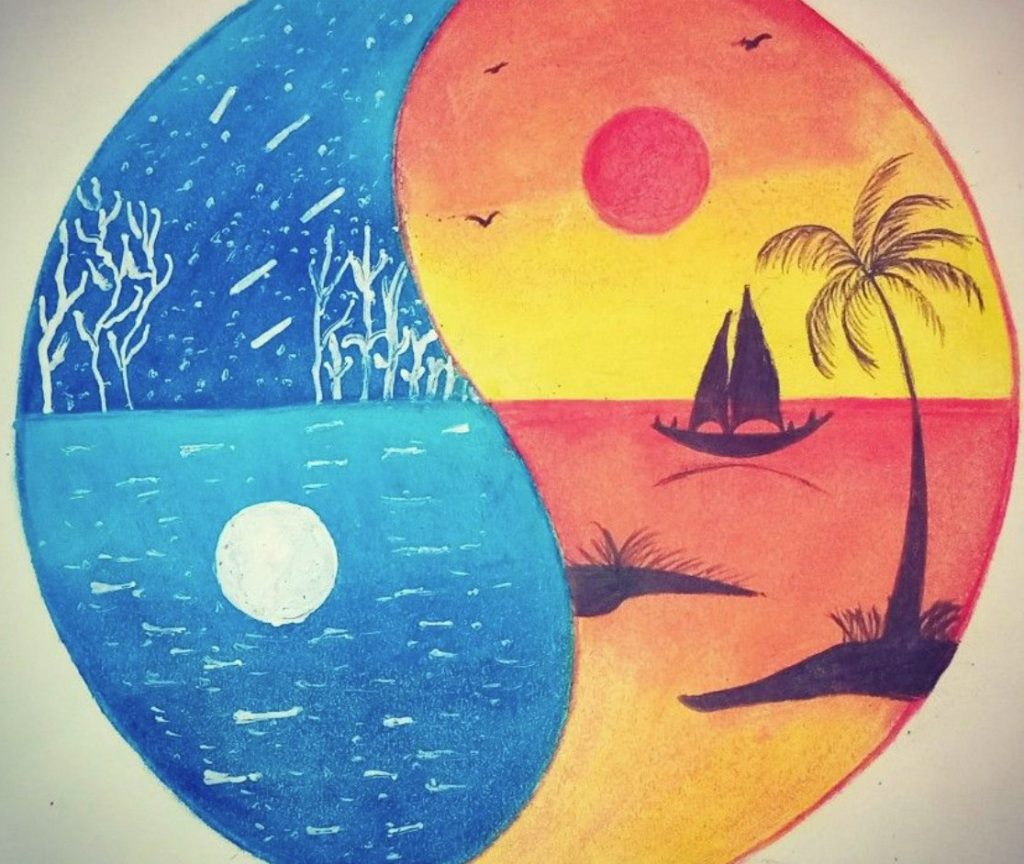
Part 3: Exploring Texture
1. The Power of Pressure:
The pressure you apply when using oil pastels can significantly influence the texture and overall visual impact of your artwork. A delicate, light touch yields a smooth, almost painted effect, ideal for creating seamless transitions and subtle color gradients. Conversely, applying more pressure results in a thicker, more intense layer of pastel, not only revealing the texture of the paper but also the pastel itself. By skillfully employing both techniques, artists can introduce a dynamic range of textures into their work, enhancing its depth and visual interest. Embrace a light touch for background areas and smoother surfaces, achieving a soft and elegant appearance, while employing heavier pressure for adding intricate details and textured elements. This versatile approach allows artists to create captivating contrasts within their compositions. They experiment with the nuances of pressure to finely manipulate the texture and visual impact of their oil pastel artwork. This results in a rich and visually captivating final piece.
2. Scratching and Stencils:
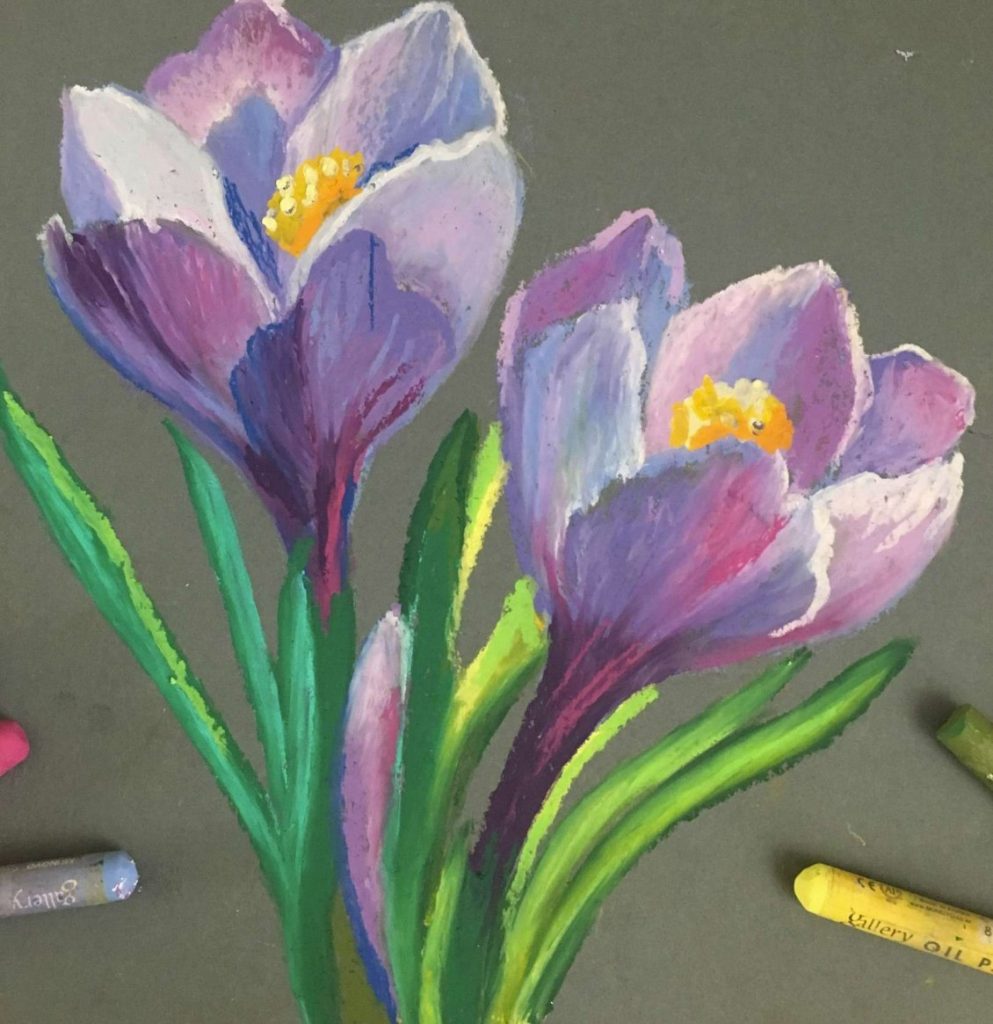
Oil pastels present artists with a myriad of unique possibilities for incorporating texture into their work. One effective method involves using a toothpick or a craft knife to delicately scratch through the top layer of pastel, revealing the vibrant colors underneath. This technique can serve to add highlights, create intricate fur or hair textures, or suggest weathered and aged surfaces, introducing a rich and tactile quality to the artwork. Additionally, stencils can be utilized as a versatile tool for generating captivating textures. By experimenting with an assortment of shapes and patterns, artists can infuse their creations with added visual interest and depth. The use of stencils facilitates the exploration of diverse and visually stimulating textures, allowing artists to evoke a variety of surfaces and patterns within their artwork, thereby enhancing the overall impact and appeal of their oil pastel pieces.
Part 4: Embrace the Journey
1. Learning from Mistakes:
In the world of art, it’s crucial to remember that there are no mistakes, only opportunities for unexpected and delightful outcomes! Embracing the process of experimentation and willingly accepting imperfections is an essential part of artistic growth. With oil pastels, there’s no need to be apprehensive about making errors, as they can be easily lifted or blended away if the result doesn’t align with your vision. This forgiving nature of oil pastels enables artists to freely explore and learn without the fear of permanent mistakes. It encourages a sense of creative freedom, providing the space for artists to take risks, test new techniques, and push the boundaries of their artistic capabilities. Ultimately, this fosters an environment where artists can find joy in the process, allowing them to delve into uncharted territory and discover unexpected beauty in the midst of what might initially appear as imperfections.
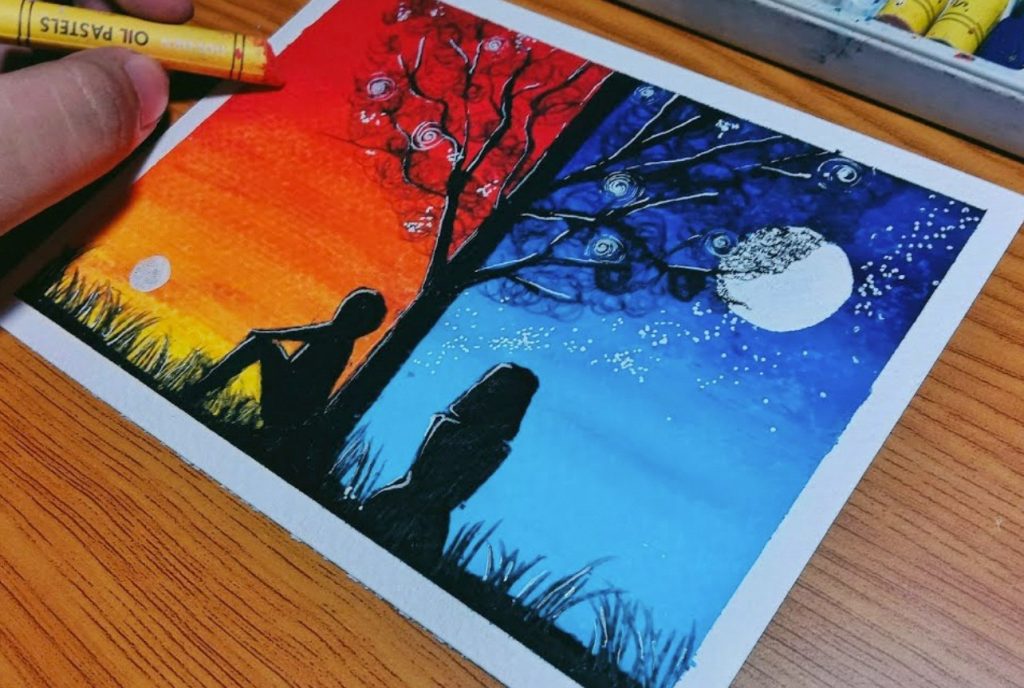
2. Finding Inspiration Everywhere:
The world around you is brimming with inspiration for oil pastel art! Observe the vibrant colors of nature, the textures of everyday objects, and the interplay of light and shadow. These elements can spark your creativity and fuel your artistic journey.
By following these simple steps, mastering the basic techniques, and embracing experimentation, you’ll be well on your way to creating stunning and expressive oil pastel artwork. So grab your pastels, unleash your creativity, and get ready to discover the joy of this vibrant medium!


